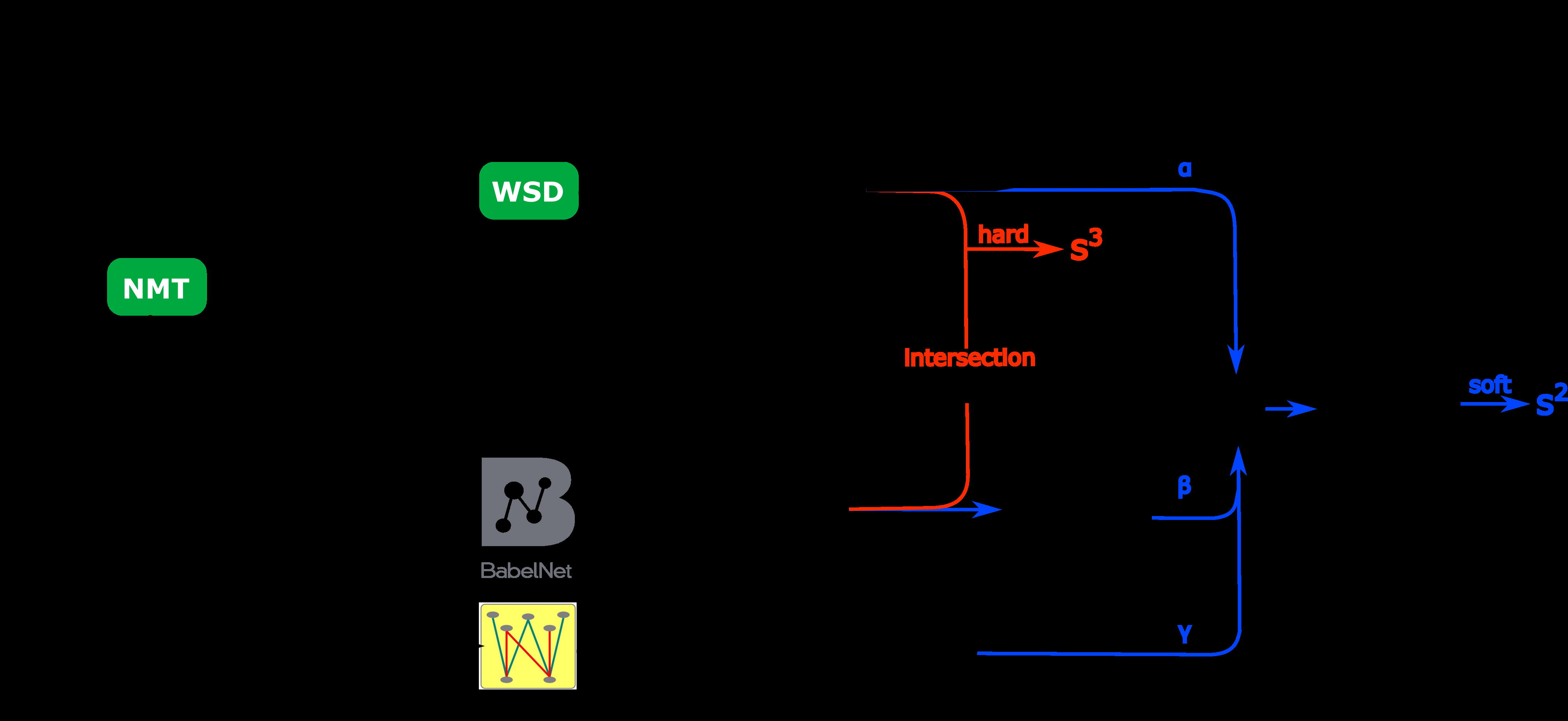Semantically Inspired AMR Alignment for the Portuguese Language
Rafael Anchiêta, Thiago Pardo
Semantics: Sentence-level Semantics, Textual Inference and Other areas Short Paper

You can open the pre-recorded video in a separate window.
Abstract:
Abstract Meaning Representation (AMR) is a graph-based semantic formalism where the nodes are concepts and edges are relations among them. Most of AMR parsing methods require alignment between the nodes of the graph and the words of the sentence. However, this alignment is not provided by manual annotations and available automatic aligners focus only on the English language, not performing well for other languages. Aiming to fulfill this gap, we developed an alignment method for the Portuguese language based on a more semantically matched word-concept pair. We performed both intrinsic and extrinsic evaluations and showed that our alignment approach outperforms the alignment strategies developed for English, improving AMR parsers, and achieving competitive results with a parser designed for the Portuguese language.
NOTE: Video may display a random order of authors.
Correct author list is at the top of this page.
Connected Papers in EMNLP2020
Similar Papers
Improving Word Sense Disambiguation with Translations
Yixing Luan, Bradley Hauer, Lili Mou, Grzegorz Kondrak,



